1928 Bugatti Type 44 Roadster
Lent by Evan Ide
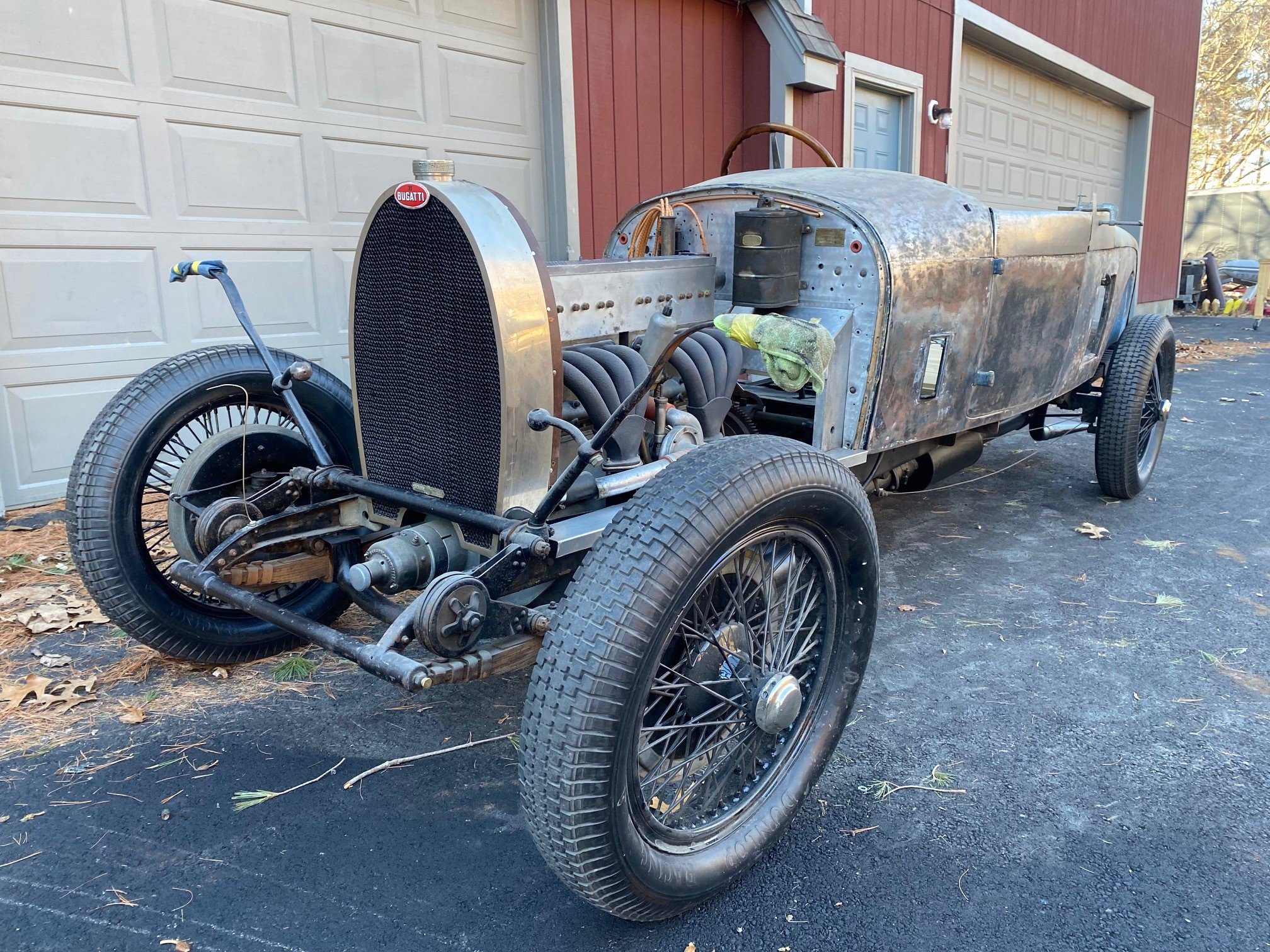
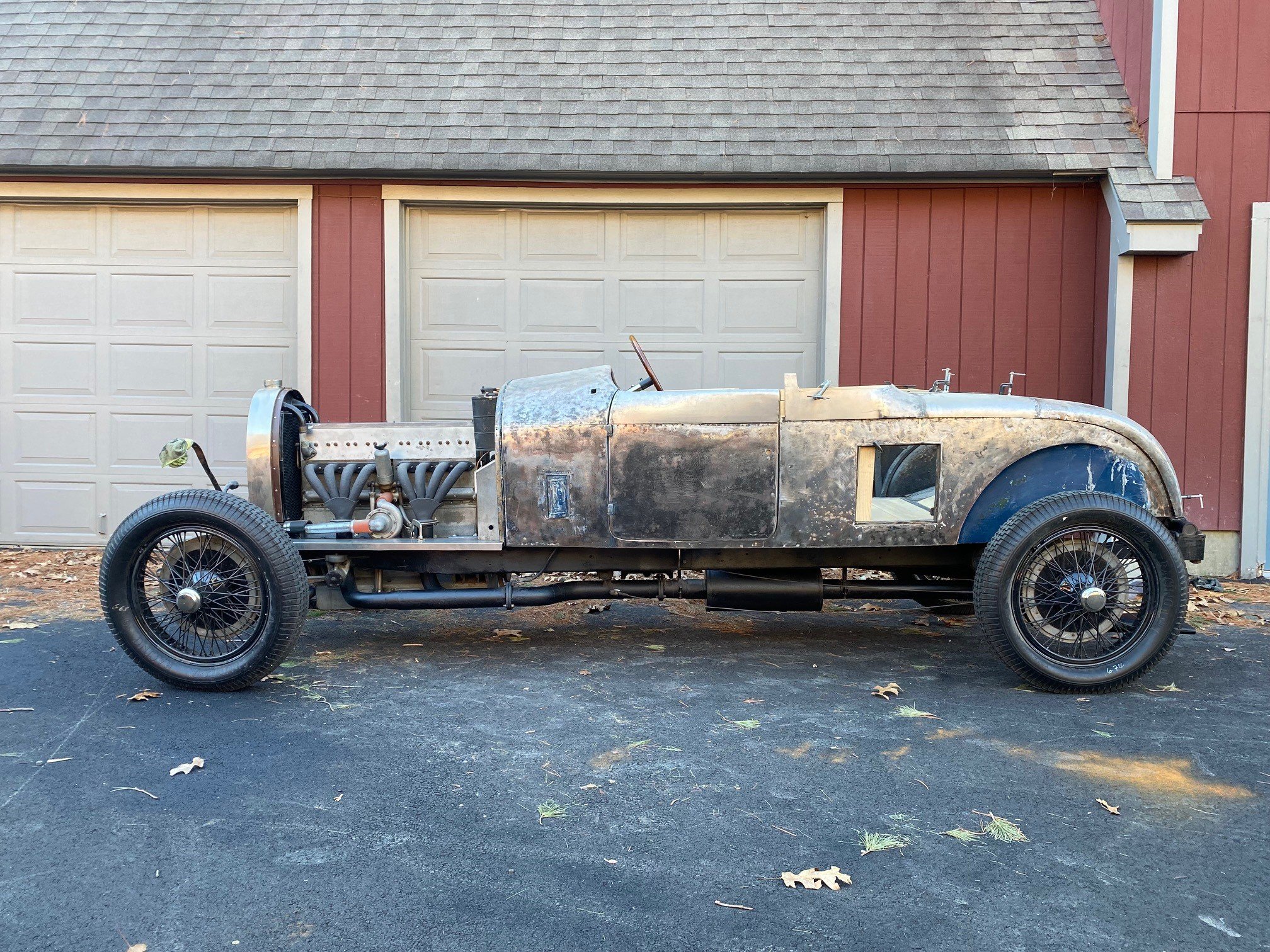
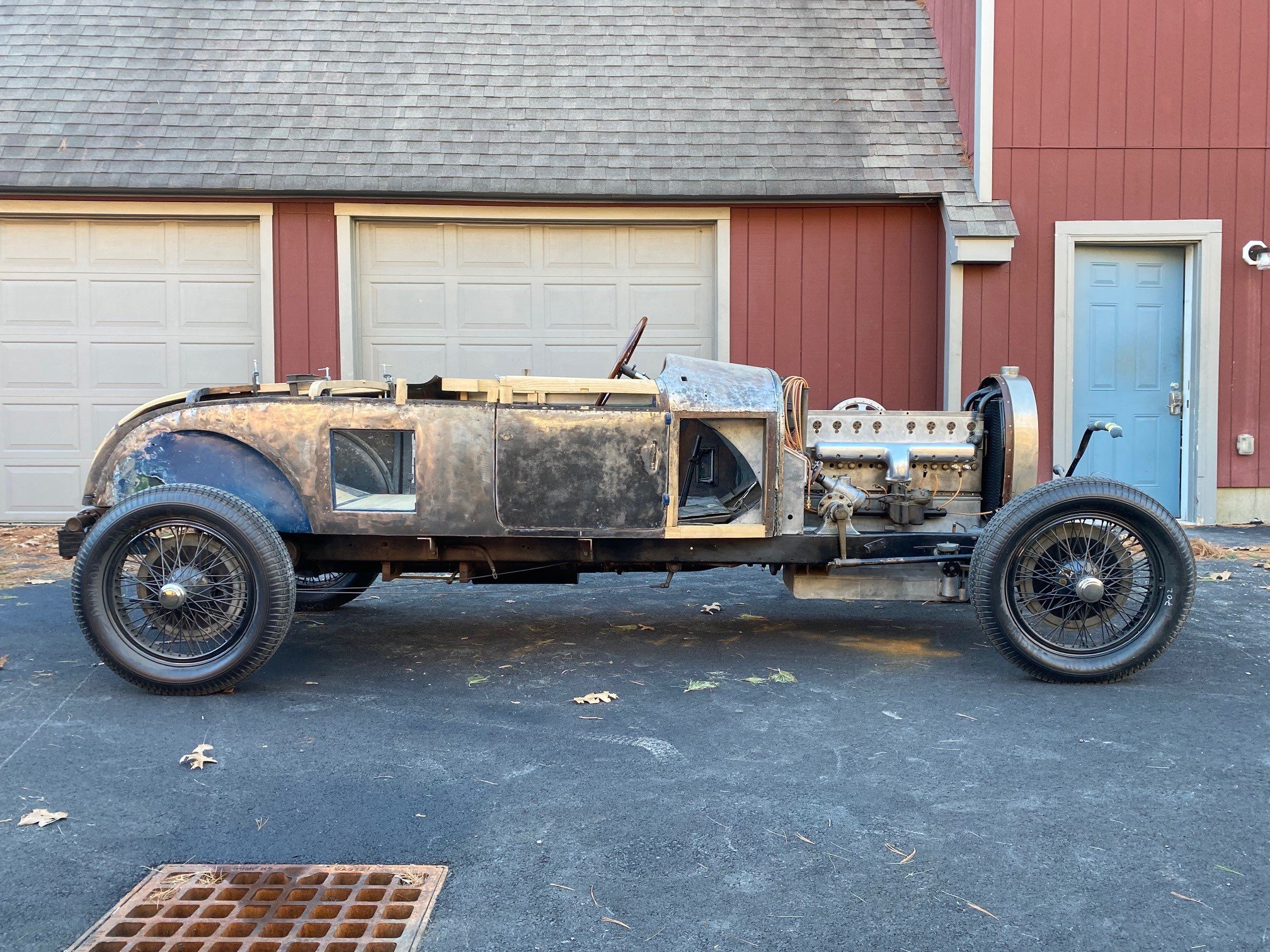
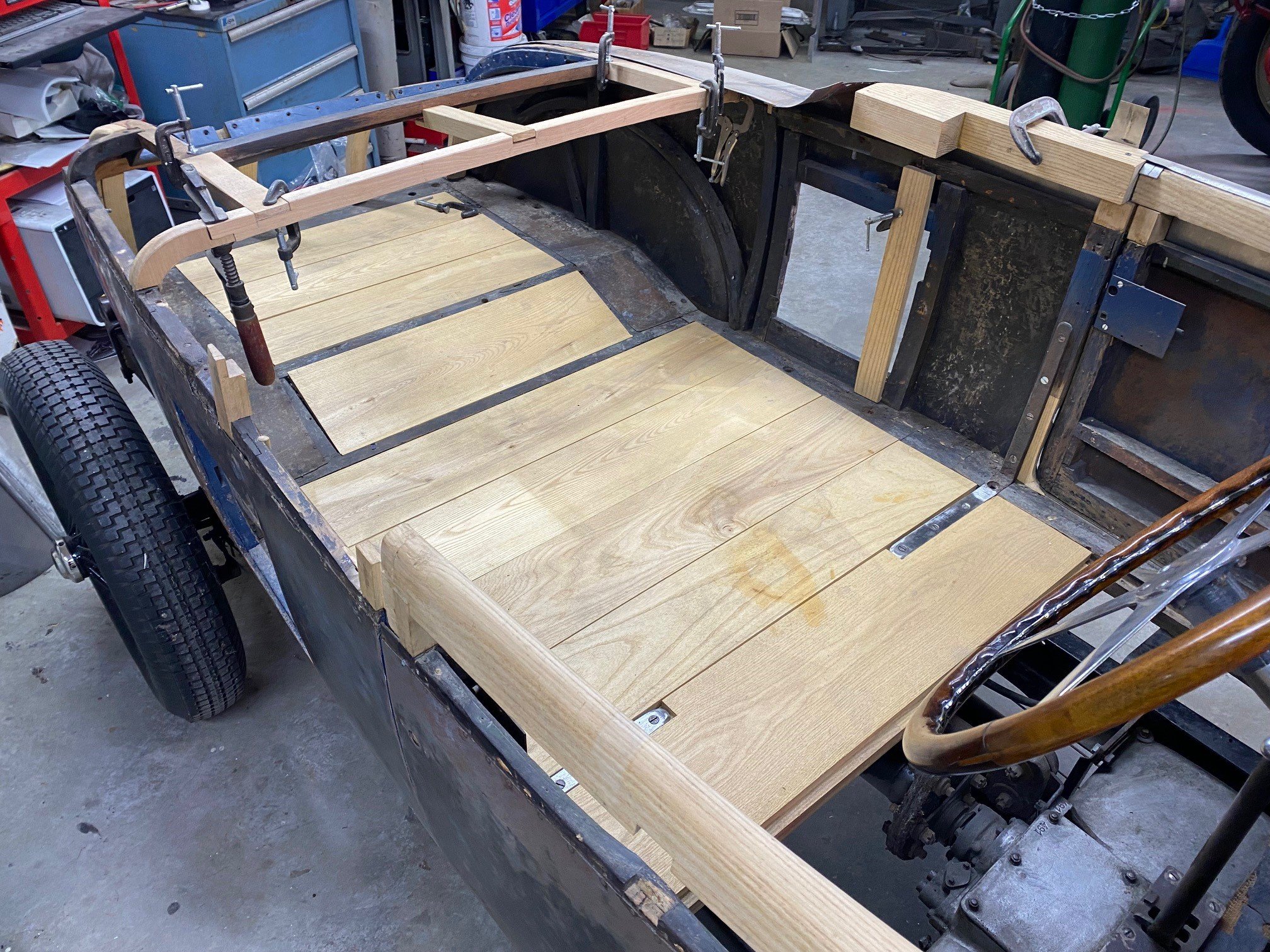
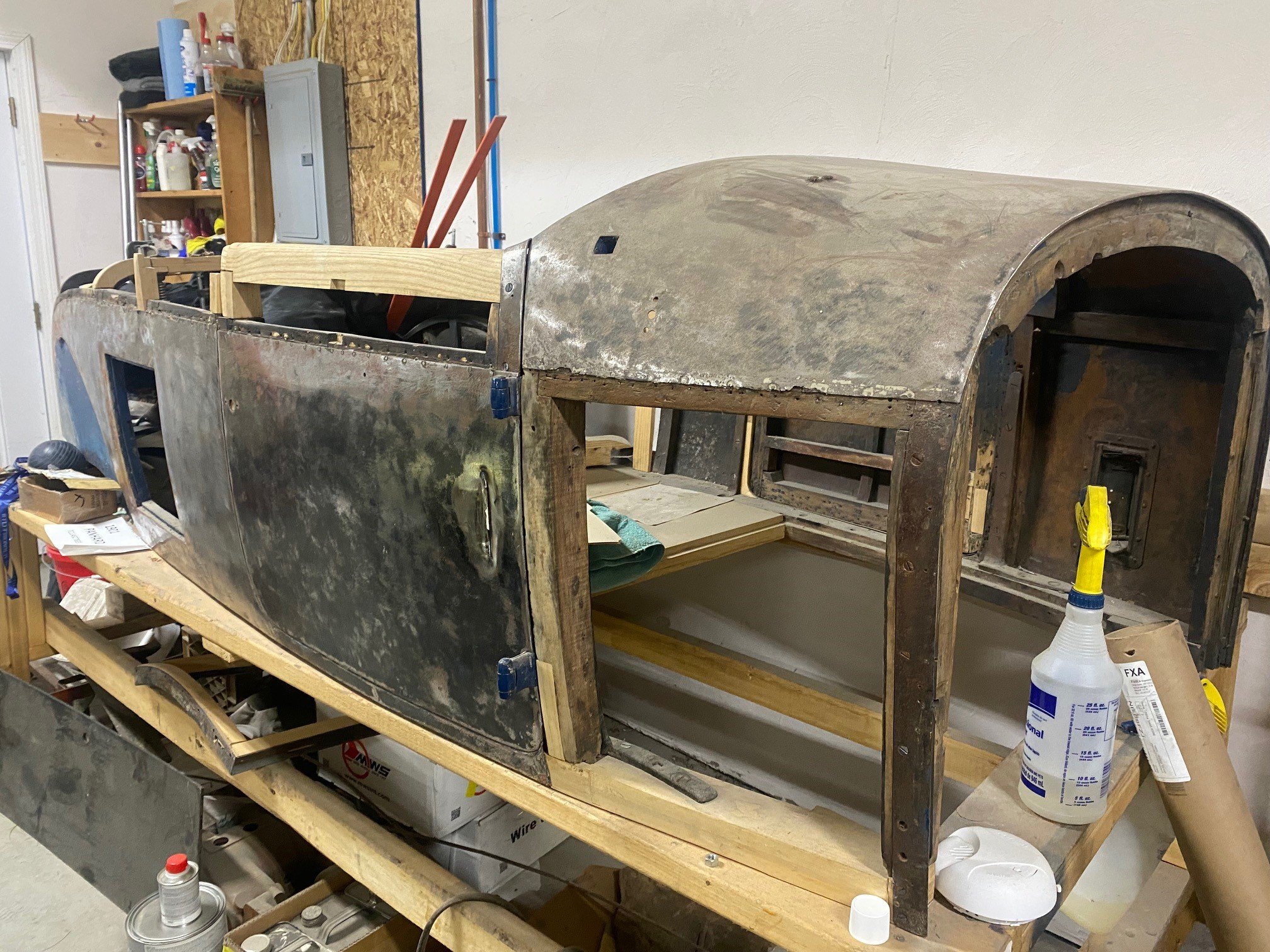
The chance to admire an original Bugatti is not a common occurrence, and unless you find yourself in the workspace of a top-tier restoration shop, the chance to peek beneath the skin of a Bugatti like this is an incredibly rare opportunity.
This Type 44 is in the midst of being restored and serves as the perfect example to highlight the purpose wood served in its construction and shows that even the top pre-war automakers utilized wood as a structural material in their vehicles.
The coachbuilding tradition of using wood for structural components was carried over from coaches and carriages of the 19th century. As the 20th century approached and automobile manufacturing began, the same traditions progressed. Although the practice of utilizing wood for these components is uncommon today, wood was used by nearly all manufacturers in this period, including respected brands like Bugatti.
For decades, wood was the preferred material for structural components as you see on this Bugatti. There are both advantages and disadvantages; the positive aspects of wood revolve around the construction of the automobile. Sourcing, shaping, and forming wood was a relatively easy and quick process for automobile makers, especially in an environment where deadlines determine a successful business. Forming metal for the same use proved to be time-consuming and rarely met the accuracy standards of the company. Wood was a plentiful material to source, and with many hours of cutting and sanding, the final product was shaped consistently from car to car.
The term “frame off restoration” is a common term in the collector car world, meaning the car becomes completely disassembled so every aspect of the vehicle can be attended to. The disadvantages of wood are obvious and can clearly be viewed on this Bugatti. Even if a car is well taken care of throughout its life, rotting and decaying wood is common, especially on 95-year-old vehicles like this one. We look forward to viewing this Bugatti in its final form!
Specifications:
Engine: 3.0 Liter Inline-Eight Cylinder, Single Overhead Camshaft
Horsepower: 80 @ 4000 RPM
Top speed: 85 MPH
Transmission: Four-Speed Manual
Curb Weight: ~3000 lbs.

